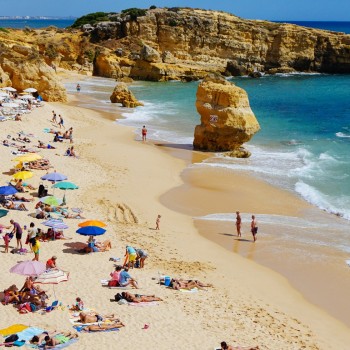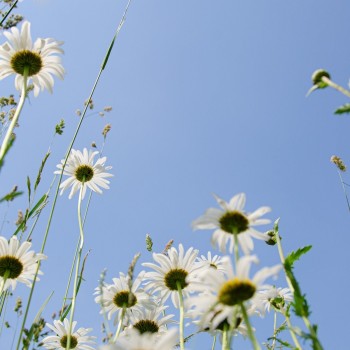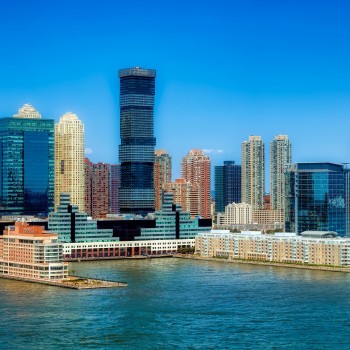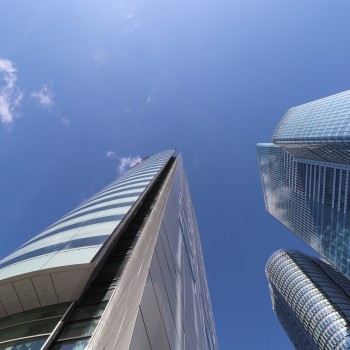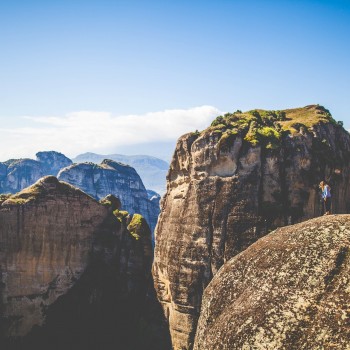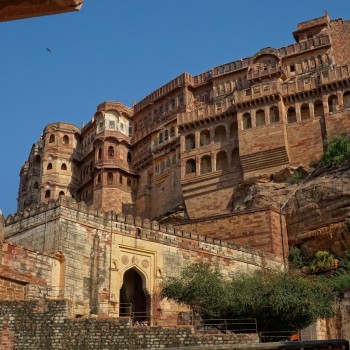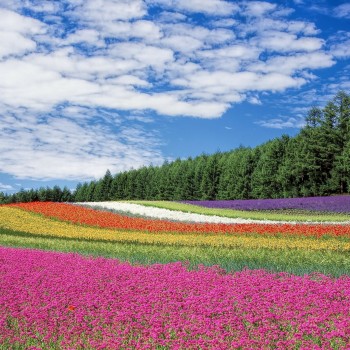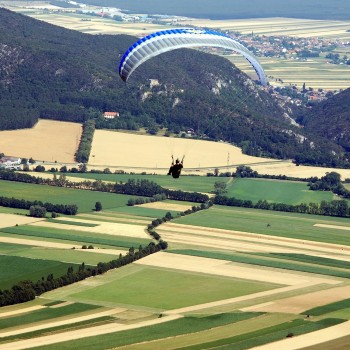China
China
Capital city description
The capital of China is Beijing, which means "Northern Capital," and it is one of the most profoundly populated cities in the world.
Beijing is the second largest Chinese city by urban population after Shanghai -the 2010 census revealed that the official total population in Beijing was 19,612,368- and is the nation's political, cultural, and educational center of China.
Climate
- Spring: March to May
- Summer: June to August
- Autumn: September to November
- Winter: December to February
The climate and weather vary in different areas and change in different seasons.
The geography makes the northerly winds blow from the high latitude areas, so the northern parts are cold and dry in winter. While in summer, monsoons from southern coastal regions bring warmth and moisture.
Languages spoken
China's official and predominant language is Mandarin, but many similar Chinese languages are communally identified as Hanyu, used by 92 percent of the population.
Fun/Fascinating Facts
- According to Worldometer elaboration of the latest United Nations data, As of September 2020, China is the most populated country globally, with over 1.4 billion people (1,439,323,776).
- China is regarded as a “coconut culture.” Chinese people present a stony, formal exterior, but they are as warm and welcoming as other cultures. Close friendships and relationships in China are earned over time compared to Western countries.
- Ìn China family members live in one home; it reflects Chinese success. Elders are highly respected in China. They even have an Elderly Rights Law! Younger generations are also expected to take care of their aging family members.
- New year in China is even more popular than Christmas. Chinese New Year’s celebration is the biggest holiday in China, lasts for 15 days, and is usually celebrated in January or February. But here’s an even exciting fact: many countries worldwide celebrate Chinese New Year as well.
- The Bailong Elevator in the Wulingyuan area of Zhangjiajie, China, can carry visitors up to 300 meters high on a cliff’s edge. This elevator is the world’s heaviest and tallest outdoor elevator.
Unique Customs/Traditions
- Giving gifts is a big part of Chinese culture, but it is also customary to refuse the first offer - sometimes even the second and third offer. In China, refusal is simply a polite step on the road to acceptance. The same sort of thing happens with compliments - to accept too readily is seen as a sign of vanity.
- Respect, reputation, and dignity are of the utmost importance in China.
- One of the most popular traditions in China is drinking hot water always whether it´s winter or summer.
- Calligraphy is one of the most cultural elements of China; it´s known as Clerical script or “ 隸書” in traditional Chinese. It is impressive how it started to be used during the Han dynasty, and it lasted until the present.
Popular universities
| Name | Description | |
|---|---|---|
| Peking University (PKU) | Peking, Peking University (PKU) was the first national University in Chinese history. It has been leading higher education and research institutions in China since its establishment. The University's core values are defined as "Freedom of thought, Embrace of diversity." Peking University (PKU) offers courses and programs leading to officially recognized higher education degrees such as bachelor's degrees in several areas of study. | |
| Tsinghua University | Tsinghua University is located in the Haidian district of northwest Beijing. It was established in 1911. It retains much of its traditional architecture, juxtaposed with many buildings built in a Western-style, reflecting the historical American influence on the campus. Tsinghua is a comprehensive research university. Its 20 schools and 54 departments cover art, economics, education, engineering, history, management, medicine, law, literature, philosophy, and sciences. The university has more than 110 student associations covering science and technology, sport, arts, and public welfare in terms of life outside of studying. | |
| Shanghai Jiao Tong University | Shanghai Jiao Tong University is a non-profit public higher education institution located in the large metropolis of Shanghai. Founded in 1896, Officially recognized by the Shanghai Municipal Education Commission, Shanghai Jiao Tong University (SJTU). Shanghai Jiao Tong University (SJTU) offers courses and programs leading to officially recognized higher education degrees such as bachelor's degrees, master's degrees, doctorate degrees in several areas of study. SJTU also provides several academic and non-academic facilities and services to students, including a library, sports facilities, financial aids and scholarships, study abroad and exchange programs, as well as administrative services. | |
| Zhejiang University | Zhejiang University is a non-profit public higher education institution located in the urban setting of the metropolis of Hangzhou. Founded in 1897 and officially recognized by the Department of Education of the Zhejiang Province, Zhejiang University (ZJU) offers courses and programs leading to officially recognized higher education degrees such as bachelor's degrees in several areas of study. ZJU also provides academic and non-academic facilities and services to students, including a library, sports facilities, financial aids and scholarships, study abroad and exchange programs, and administrative services. | |
| Fudan University | Fudan University in Shanghai, China, was founded in 1905 and originally named the Fudan Public School. The Shanghai Municipal Education Commission officially recognized it. The university offers 70 undergraduate degree programs across the arts, humanities, and sciences and prides itself on having an international outlook. A number of its courses are taught in English, and the institution boasts global connections and exchange programs with almost 200 overseas universities. | |
| Wuhan University | Established in 1893, Wuhan University is a non-profit public higher education institution located in the urban setting of the large metropolis of Wuhan, Hubei. Officially recognized by the Ministry of Education of The People's Republic of China, Wuhan University (WHU) offers courses and programs leading to officially recognized higher education degrees such as bachelor's degrees in several areas of study. WHU also provides several academic and non-academic facilities and services to students, including a library, housing, financial aids and scholarships, and administrative services. International applicants are eligible to apply for enrollment. | |
| Nanjing University | Founded in 1902, Nanjing University is a non-profit public higher education institution located in the urban setting of the large metropolis of Nanjing, Jiangsu. Officially recognized by the Education Department of the Jiangsu Province, Nanjing University (NJU) offers courses and programs leading to officially recognized higher education degrees such as bachelor's degrees in several areas of study. NJU also provides several academic and non-academic facilities and services to students, including a library, housing, sports facilities, financial aids and scholarships, and administrative services. International students are welcome to apply for enrollment. | |
| Tongji University | Tongji University is a non-profit public higher education institution located in the urban setting of the large metropolis of Shanghai. Founded in 1907 and officially recognized by the Shanghai Municipal Education Commission, Tongji University offers courses and programs leading to officially recognized higher education degrees such as bachelor's degrees, master's degrees, doctorate degrees in several areas of study. International students are welcome to apply for enrollment. Tongji University also provides academic and non-academic facilities and services to students, including a library, housing, sports facilities, financial aids and scholarships, study abroad and exchange programs, online courses, distance learning opportunities, and administrative services. | |
| Renmin University of China | The Renmin University of China is a non-profit public higher education institution located in the urban setting of the large metropolis of Beijing. Founded in 1937 and officially recognized by the Ministry of Education of The People's Republic of China, Renmin University of China (RUC) offers courses and programs leading to officially recognized higher education degrees such as bachelor's degrees in several areas of study. RUC also provides several academic and non-academic facilities and services to students, including a library, sports facilities, financial aids and scholarships, and administrative services. International students are welcome to apply for enrollment. | |
| East China Normal University | East China Normal University is located in the large metropolis of Shanghai. Founded in 1951 and officially recognized by the Shanghai Municipal Education Commission, East China Normal University (ECNU) offers courses and programs leading to officially recognized higher education degrees such as bachelor's degrees in several areas of study. ECNU also provides several academic and non-academic facilities and services to students, including a library, housing, financial aids and scholarships, and administrative services. International students are welcome to apply for enrollment. | |
Festivals & Events

China's Lantern Festival
Date: February 15
Lantern Festival is celebrated on the 15th day of the first Chinese lunar month; it traditionally marks the end of the Chinese New Year (Spring Festival) period. People will look at the moon during the festival, send up flying lanterns, fly bright drones, have a meal, and enjoy time together with family and friends in parks and natural areas.

Qingming Festival
Date: April
Qingming Festival, also called Tomb Sweeping Day or, literally, 'Pure Brightness' Festival in English, is a traditional Chinese festival and an important day for most people, including the Han Chinese and some of China's 55 other ethnic minorities, to go and sweep tombs and commemorate their ancestors. On this day, tomb-sweeping is one of the most important and popular activities to respect ancestors.
In Chinese, Qingming means 'clearness' and 'brightness.' The origin of the name was related to climate and nature in this season. People start to wear light clothes and walk outside to feel the growth in spring. At the beginning of April, it becomes noticeably warmer and brighter, and nature is waking up in northern/central China.

Chinese New Year
Date: February
Chinese New Year is also called Spring Festival. It is the most important festival to Chinese people.
During the Chinese New Year calendar, families reunite, buy and give presents, and decorate their homes. Chinese New Year is 20 days of festivities and activities.
Chinese New Year's Day marks the start of a new year and the most auspicious time in the minds of most Chinese people, and there are many beliefs and superstitions associated with this.

Dragon Boat Festival
Date: May 5
Dragon Boat Festival, also known as Duanwu Festival, is a traditional and important celebration in China. This traditional holiday also called the Double Fifth Festival, is celebrated on the 5th day of the 5th month of the Chinese lunar calendar,
It's a traditional festival full of traditions and superstitions. It may originate from dragon worship, an event on the sporting calendar, and a day of remembrance and worship for Qu Yuan, Wu Zixu, and Cao E.

Dongzhi Festival
Date: Dongzhi Festival
Dongzhi Festival is one of the most prestigious festivals in china and is also called Winter Solstice and is held in December every year. The festival is based on balance and harmony in the cosmos. Today people in China celebrate this festival by visiting each other and making delicious dishes like Tangyuan, made from rice flour. Tangyuan is a delicious multicolored dish. After the grand celebration of this festival, days will be filled with longer daylight hours.

Mid-Autumn Festival
Date: September 21
The Mid-Autumn Festival is a traditional holiday originating from the worship of the moon, and it symbolizes harvest and family reunion. Traditionally, this festival is celebrated with family, similar to Thanksgiving Day.
The Mid-Autumn Festival is one of the three most important Chinese festivals. Festival, family members, get together on this day and enjoy the sight of the full moon, which is an auspicious symbol of luck and harmony, and feast on delicious mooncakes.

The National Day Of China
Date: October 1
The National Day celebrated the founding of the People’s Republic of China in 1949, and it is one of the most important festivals in China. It is celebrated throughout mainland China, Macau, and Hong Kong with several different activities, such as concerts and fireworks organized by the Government.

Double Ninth Festival
Date: October
The Double Ninth Festival, also known as Chongyang Festival, is held on the ninth day of the ninth lunar month. It is also known as the Senior Citizens' Festival.
According to records from the mysterious book Yi Jing, the number 6 belonged to the Yin character, while the number 9 was thought to be the Yang character. Both day and month are Yang characters on the ninth day of the ninth lunar month; it was then named the Double Ninth Festival.
Attractions / Top Sights

The Great Wall of China
When to visit: March to October
When to visit: https://www.history.com/topics/ancient-china/great-wall-of-china
The Great Wall is the longest in the world, a remarkable feat of ancient defensive architecture. It is the most recognizable symbol of China and its long and rich history; its winding path over rugged country and steep mountains take in the incredible scenery. It is one of "the New Seven Wonders of the World" and China's UNESCO World Heritage Sites.
The best-known and best-preserved section of the Great Wall was built in the 14th through 17th centuries A.D., during the Ming dynasty. Though the Great Wall never effectively stopped invaders from entering China, it came to function as a powerful symbol of Chinese civilization's enduring force.

Li River
When to visit: October to November
When to visit: https://studycli.org/guilin/the-li-river/
The Li River is one of the most thrilling destinations in China, located in Guangxi Province; spanning roughly 80 kilometers (50 miles), the Li River runs through the heart of Guangxi, connecting the beautiful downtown Guilin with the riverside town of Yangshuo. The river landscapes have startling hills, cliffs, and farming villages lined with bamboo groves.
The Li River was first recognized for its cultural significance in 1982 when China's State Council deemed the Lijiang River Scenic Zone a place of scenic and historical importance. It was also listed as one of the "World's Top Ten Watery Wonders" by America's National Geographic Magazine.

Potala Palace
When to visit: April to October
When to visit: https://www.touropia.com/tourist-attractions-in-china/
The Potala Palace is a Tibetan castle located on Red Hill with an elevation of 3,750 meters(12,300 feet) above sea level in Lhasa, China's Tibet Autonomous Region.
The Potala Palace in Lhasa symbolizes Tibetan Buddhism and its central role in the traditional administration of Tibet. It has been the winter palace residence of the Dalai Lamas during the preceding dynasties and has become a ruling center of the politics and religion in Tibet.
The Potala comprised the living quarters of the Dalai Lamas while they lived and their majestic golden tombs when they died. It remained the residence of the Dalai Lama until the 14th Dalai Lama fled to India after the Chinese invasion in 1959.

The Forbidden City
When to visit: Between April to October
When to visit: https://www.khanacademy.org/humanities/ap-art-history/south-east-se-asia/china-art/a/forbidden-city
The Forbidden City is a large area of red walls and yellow glazed roof tiles located in the heart of China’s capital, Beijing. The Forbidden City contains more than 90 palace compounds, including 98 buildings, measuring 961 meters in length and 753 meters in width, and is surrounded by a moat as wide as 52 meters.
The Forbidden City served as the home for emperors in the Ming and Qing dynasties until Puyi, the last Emperor of China, surrendered in 1912.
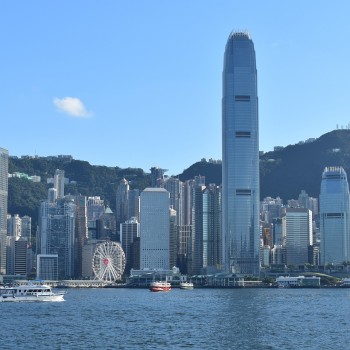
Victoria Harbour
When to visit: September to October
When to visit: https://www.touropia.com/tourist-attractions-in-china/
Victoria Harbour is one of the deepest vessel ports globally. It is also one of the most bustling harbors globally, with hundreds of ferries, junks, and speedboats darting up and down the shore.
The bay gives astonishing views of the skyscrapers of Hong Kong island on one side and the Tsim Sha Tsui shoreline on the other. Many skyscrapers on both sides of Victoria Harbour light up in a synchronized show, known as one of the world's most considerable permanent light and sound festivals.

Terracotta Army
When to visit: May to October
When to visit: https://www.planetware.com/tourist-attractions/china-chn.htm

The Summer Palace, Beijing
When to visit: April to October
The Summer Palace in Beijing was first built in 1750, mostly destroyed in the war of 1860, and re-established on its original foundations in 1886 – is a Chinese landscape garden design masterpiece. Located in northwest Beijing, the Summer Palace was once a playground for China’s imperial families who wanted to escape Beijing’s summer heat.
The natural landscape of hills and open water is combined with artificial features such as pavilions, halls, palaces, temples, and bridges to form a harmonious ensemble of outstanding aesthetic value.

Pudong Skyline
When to visit: April to June
When to visit: https://famouswonders.com/pudong-skyline/
Pudong means “East of Huangpu,” which describes the literal location of the city- a district in Shanghai on the eastern side of the Huangpu River that has emerged as China’s financial and commercial hub. A skyline of gleaming skyscrapers rises out of what was mere farmland only 20 years ago.
Skyscrapers include the symbolic Oriental Pearl Tower, the Shanghai World Financial Center, the Jin Mao Building. Like the Eiffel Tower, the Oriental Pearl Tower allows visitors a breathtaking view of the Pudong skyline.

West Lake
When to visit: March to May / September to November
When to visit: https://whc.unesco.org/en/list/1334
Hangzhou's West Lake Cultural Landscape, comprising the West Lake and the hills surrounding its three sides, has inspired famous poets, scholars, and artists since the 9th century.
West Lake Cultural Landscape has numerous temples, pagodas, pavilions, gardens, ornamental trees, causeways, and artificial islands. West Lake, deemed as one of the most enchanting lakes in China.
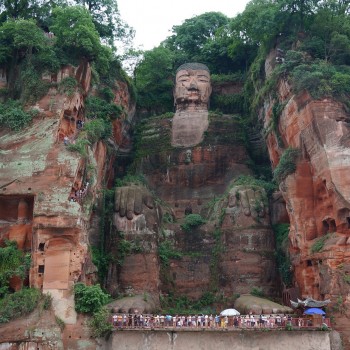
Leshan Giant Buddha
When to visit: March to May and September to November
The Leshan Giant Buddha is the tallest and largest Buddha globally, standing about 71 meters (233 feet) high and has three-meter (11 feet) long fingers on each of its gigantic resting hands.
The Giant Buddha ended up making the raging rivers below more navigable as stone remnants from the statue were dropped into the water.


